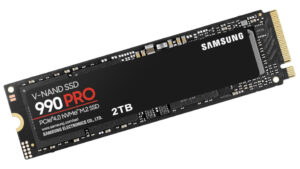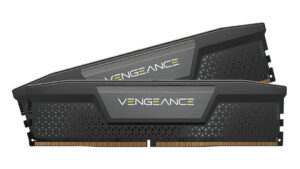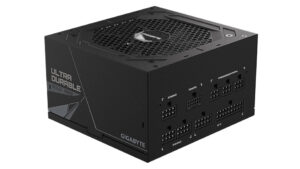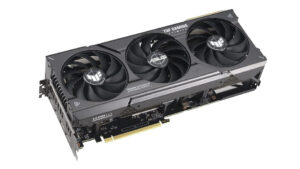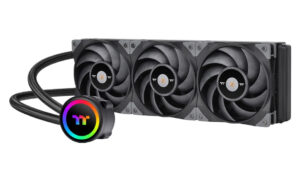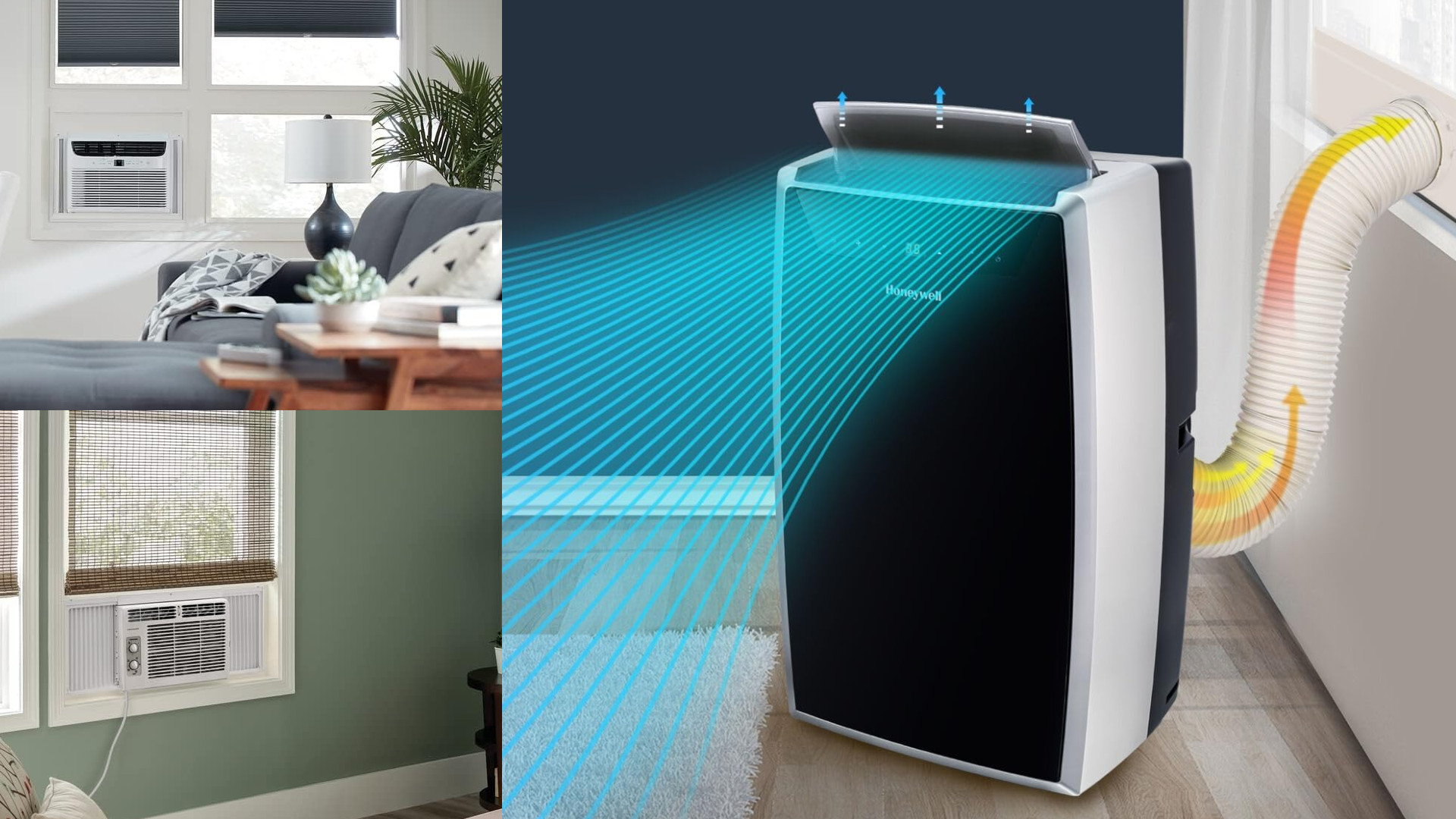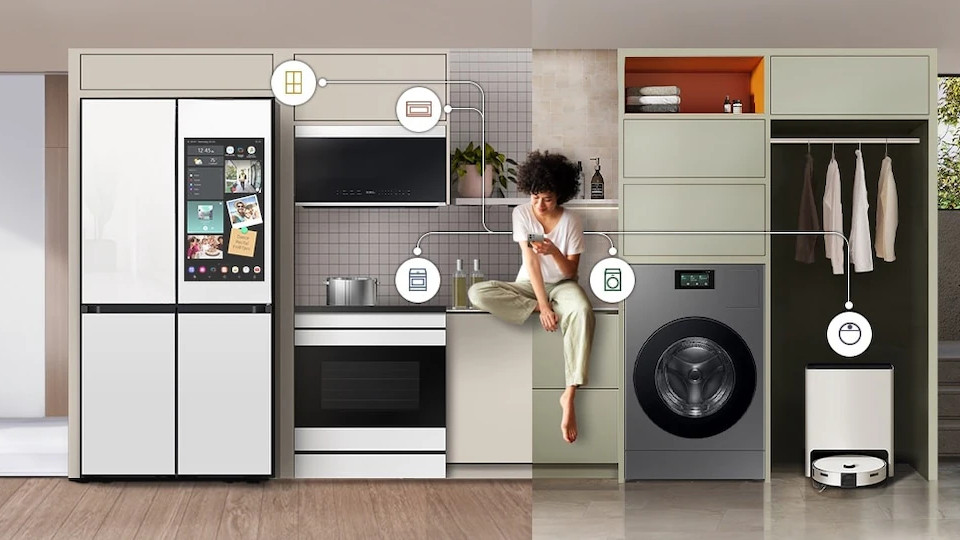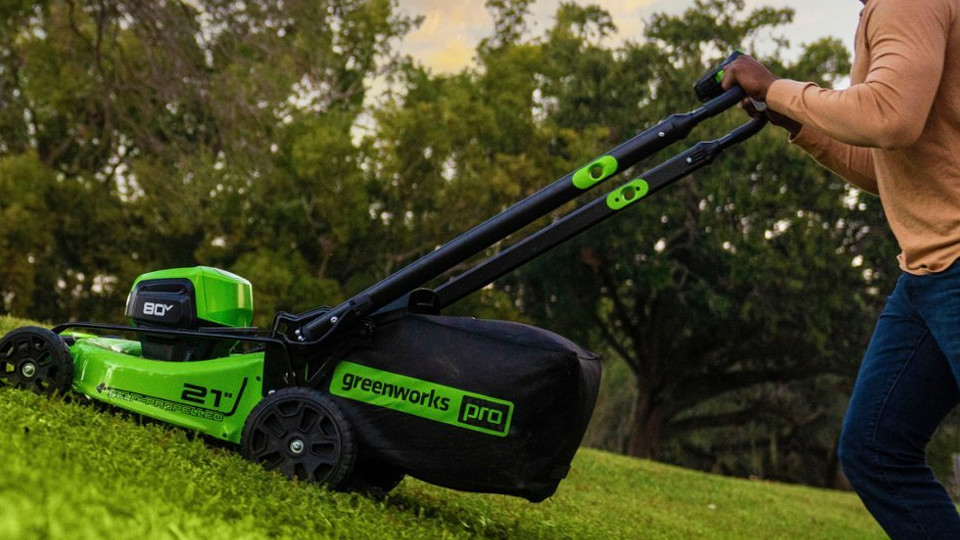Links on Basic Starter Kit may earn us a commission. Thank you for your support. Learn more
Summer brings warmth, sunshine, and outdoor adventures, but it also ushers in sweltering heat that can make your home feel like an oven. Fortunately, there are several ways to keep your house cool during the scorching summer months. Aside from simply opening a window and letting a natural breeze do the work, we’d like to explore four common cooling solutions: fans, window air conditioners, portable air conditioners, and central air.
Editor’s note: This post was partially written by ChatGPT. We edited it for accuracy and we manually chose the products, but the pros and cons for each cooling solution were AI-generated. We stand by our product recommendations, but welcome your feedback on the AI-provided information.
Fans
There are a vast range of fans available. We’ve used several styles in our home, including small personal fans, box fans, tower fans, and window exhaust fans.
Pros:
- Affordable: Fans are cost-effective, with prices ranging from $20 to $100.
- Energy Efficient: They consume less electricity compared to air conditioners.
- Portable: You can move them around as needed.
- No Installation: No need for professional installation.
Cons:
- Limited Cooling: Fans only circulate air; they don’t lower the temperature.
- Localized Cooling: They cool the immediate area but may not be effective in larger rooms.
- Noise: Fans can be noisy, which can disrupt sleep or quiet activities.
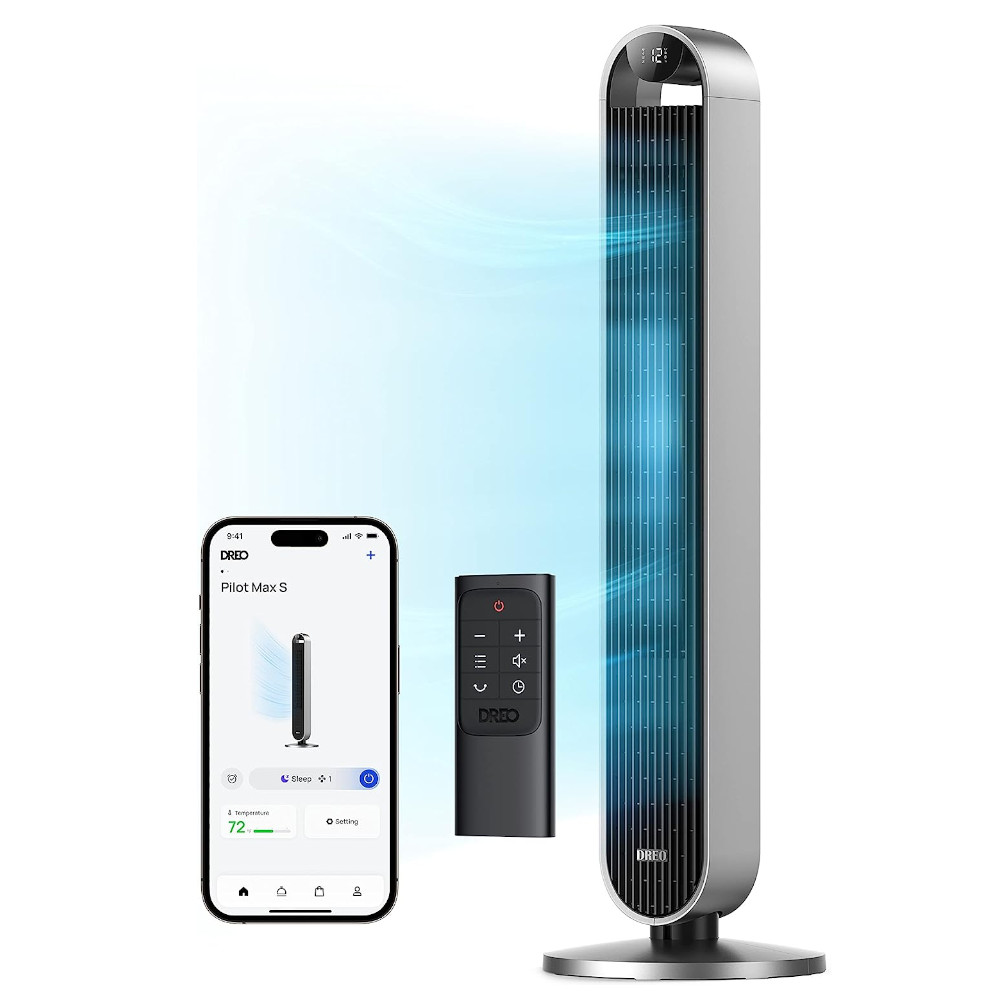
Dreo Pilox Max fan
A quiet and powerful tower fan with useful functions.
Window Air Conditioner and mini-splits
Made to be mounted in your window, Window Air Conditioners are designed to cool a single room. Many offer quiet “sleep” modes to reduce the noise as you sleep. These are usually not thermostatically controlled, but modern units have Bluetooth or app control so you don’t have to get up to turn the dial in the middle of the night.
Mini-split systems are a little more complicated to install, but do not require a window. They mount a fan system on your wall in the house, then attach to an external compressor system. The cost is higher, and there is no portability from room to room, but a mini-split is also only made to cool a single room.
Remember that you can combine a window air conditioner with some fans to help push that cold air into other rooms of the house. Ideal for placing the unit in a room adjacent to your bedroom, which keeps the noise down as you pull the cold air through as you sleep.
Pros:
- Effective Cooling: Window units provide rapid cooling for individual rooms.
- Cost-Effective: Prices start at around $150 for smaller models.
- Energy Efficiency: Modern units are more energy-efficient than older models.
- No Floor Space: They don’t take up floor space like portable units.
Cons:
- Installation: Requires installation in a window, which may not be feasible for all homes.
- Not Whole-House Cooling: Limited to cooling one room at a time.
- Aesthetics: Can obstruct the view from the window.
- Costs: Mini-split can be expensive.
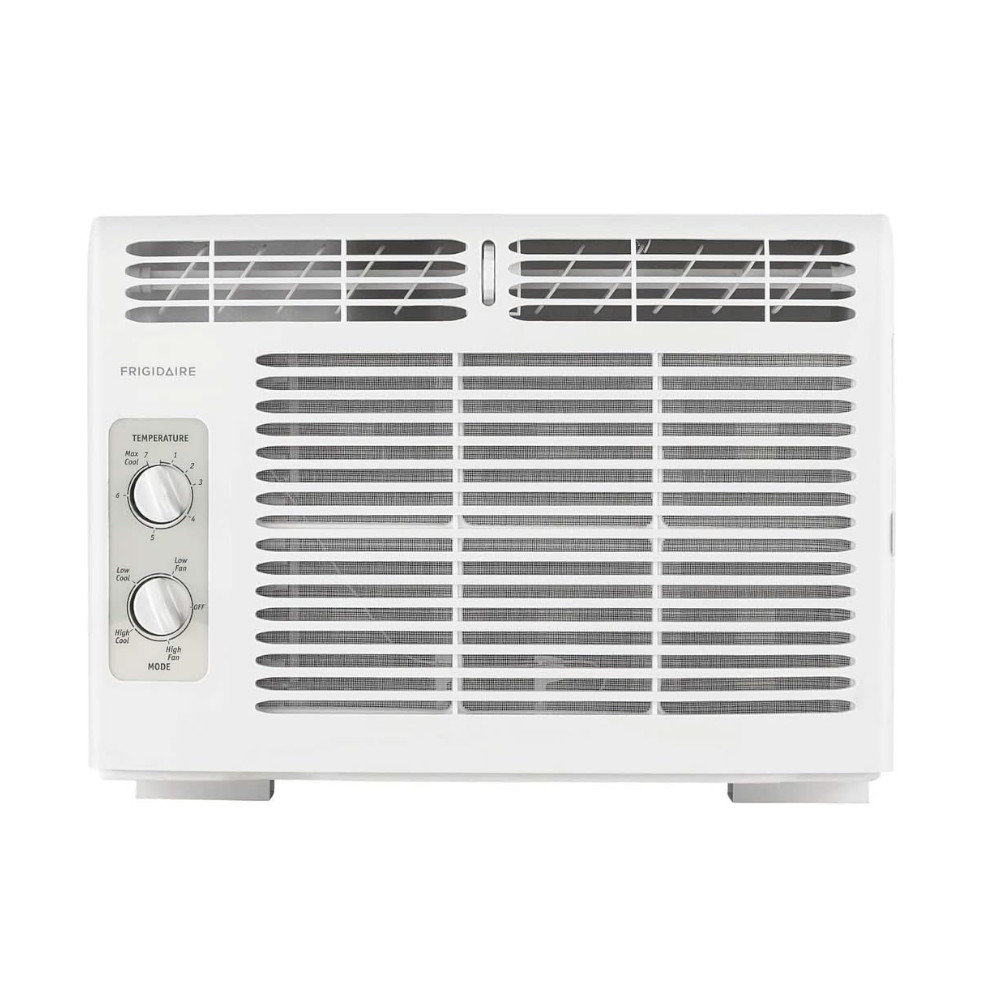
Frigidaire window air conditioner
A solid window air conditioner from a trusted appliance brand.
Portable Air Conditioners
As the name suggests, these air conditioners are put on wheels for portability. These units are larger, as they contain all of the necessary coolant and radiators inside of an insulated frame. Heat generated from the cooling process is vented out of a nearby window using a flexible hose.
They may be portable, but you still have limited placement within your home.
Pros:
- Portability: Easy to move from room to room.
- Minimal Installation: Installation is simple.
- Decent Cooling: Provides better cooling than fans but not as powerful as window or central units.
- Affordable: Prices typically range from $200 to $500.
Cons:
- Noise: Portable units can be noisy.
- Energy Consumption: They can consume more energy than window units.
- Exhaust Hose: Requires an exhaust hose, which needs to be vented out of a window.
- Less Efficient: Less efficient than central air conditioning systems.
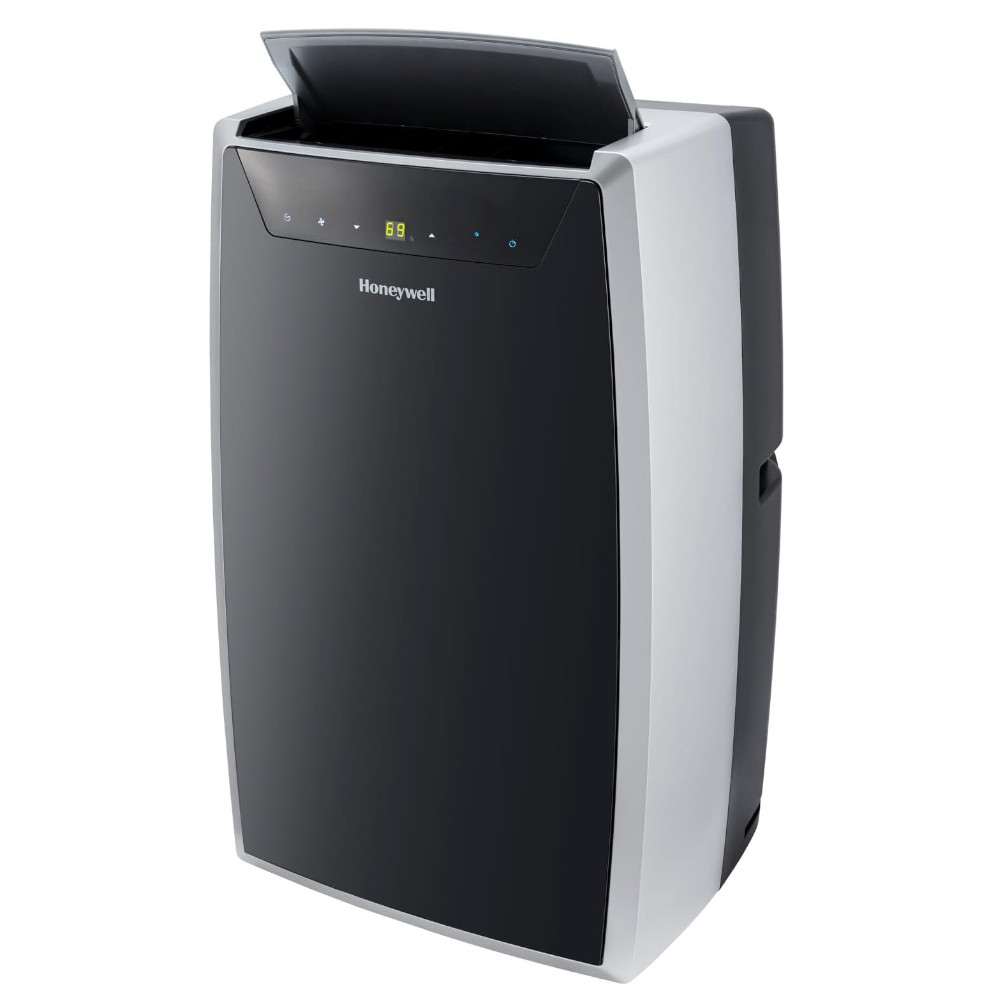
Honeywell portable air conditioner
A reliable and powerful portable air conditioner.
Central Air Conditioning
The ultimate in home cooling systems, Central Air is built directly into the home. Central Air Conditioning attaches to a forced-air HVAC system, pushing cold air through the same vents that provide hot air in the winter months.
Pros:
- Whole-House Cooling: Provides consistent cooling throughout the entire home.
- Temperature Control: Allows precise temperature control.
- Quiet Operation: Central air is quieter than window or portable units.
- Increased Home Value: Can increase the resale value of your home.
Cons:
- High Installation Cost: Initial installation can be expensive, ranging from $3,000 to $10,000 or more.
- Maintenance Costs: Ongoing maintenance and repair costs can add up.
- Energy Consumption: Central air can be energy-intensive, leading to higher electricity bills.
- Not Portable: Once installed, it can’t be moved around like fans or portable units.
Please locate a reputable local HVAC service for proper install of a central air system.
The choice of cooling solution depends on your budget, home layout, and cooling needs. Fans are budget-friendly, while window units are effective for individual rooms. Portable air conditioners offer flexibility, and central air conditioning provides whole-house comfort. Weigh the pros and cons, consider the costs, and choose the option that best suits your summer cooling needs and lifestyle.

